Insanity: doing the same thing over and over and expecting different results.
-Albert Einstien.
As I hit print for the 4th time on the same slicing of the same part on the same printer, I wonder whether Einstein still would have said the same thing about insanity had he had to work with a 3D printer. Of course, semantic arguments can be made that the 3D printer is not doing everything exactly the same way every single time, so therefore my repetitive mashing of the print button (and subsequent part) is not in fact growing signs of mental fragility, but I digress.
As it turns out, we (the engineers of the world) spent our formative years being deluded by small plastic bricks into the belief that building materials can be perfect, identical seemingly to the molecule. This turns out to be a bit of a problem when one tries to build things “for real�?. Hats off to the Danes for engineering so perfect a construction media, but 90 degree angles can only go so far, and as one shifts to 3D printing as a medium to express one’s greater imagination, one also begins to learn a key lesson about fabrication, and about life. In the end, success is all about having a good level of tolerance.
First, what controls build tolerances? 3D printer tolerance is an interesting exercise. It varies from printer to printer, even within the same line, and doesn’t quite seem to have the level of consistency to account for it perfectly. A few of the primary ways to increase the ability to print accurately is to properly adjust the height of the first layer, either by tuning the bed height, or printing a raft and allowing the layer height to normalize before the print begins. The latter is definitely the safest method if one is planning to print the same slicing on multiple printers, as regardless of how well each printer was initially tuned, the first layer should always be the same.
This is of course assuming that the motors are all properly calibrated. Even slight variations in step length between the X and Y-axis will turn Os into 0s, and don’t even get me started on the damage caused by a poor Z height calibration… But all of this can be tuned, and isn’t actually all that difficult to do.
Then there’s the belt tension. That’s also a cause for concern. Too tight, and the rolling resistance on the pulleys increases load on the motor, and could cause a shift mid print particularly on fast accelerations or big moves. This actually moves beyond the realm of tolerance and onto the realm of print failure, but again I digress. The belts could also be too loose, at which point one would expect some backlash on the pulleys. Once again, the Os become 0s, and the tolerance built into the CAD must adjust accordingly. But one can also fix this.
Where does the tolerance go then? Rather, if everything that leads to bad tolerance is rectifiable, why aren’t all 3D printers perfect? It comes down to a simple equation. Great tolerance = lots of time = lots of money. That’s why one can spend tens of thousands of dollars on a dimension printer, and several hundred on a less-sophisticated printer, and get very different parts, despite using much the same print material.
The nice thing about most things that one might want to print is that one probably doesn’t need the tolerance of a several thousand dollar printer for it to work. And there are quite a few ways to cheat this system. Tapering is a great way to ensure a tight fit between two parts, and adding a fillet or chamfer at the bottom of a part will reduce the amount that the first layer extrudes beyond the outer wall (a byproduct of the layer height being incorrect on the first layer). When one is working on the same printer repeatedly, one can develop a fairly good understanding about its print tendencies, and adjust accordingly.
That’s what I’m trying at the moment, and in all fairness it’s working rather well. By adjusting the socket diameter to be about 1 mm larger than the diameter of the shaft itself, I’ve ensured a tight fit with still enough wiggle room to rotate freely. Additionally, as mentioned above, filets on all the bottom edges of the print have held the diameter true on the first levels, usually a point of concern. Overhang, when it comes to tolerance, usually must obey a 45-degree rule, though in certain cases, exceptions can be made. This is one of the issues my part is currently encountering, as 2 of the 3 previous attempts have printed a circle correctly, but the third drooped to an unacceptable margin.
Another way to effect the tolerance is in the slicing. Slower prints, in general, have higher-end tolerances than quicker prints. Good selection of infill order also helps. When printing an exterior overhang, it usually helps to complete the inner perimeters first, rather than the outer perimeters. Similarly, if one is printing an interior overhang, doing the outer layer first is sometimes useful. With any luck, the slicer of the future could be programmed to allow the user to select the perimeter, which requires the highest level of accuracy, and makes adjustments to the print path accordingly.
Well, at this point, the 4th attempt finished, and the tolerances were once again a little too close for function, so I guess I’ll edit the CAD. Sometimes one has to make some accommodations in order to get things to work, but in the end, the part will be better for it.



